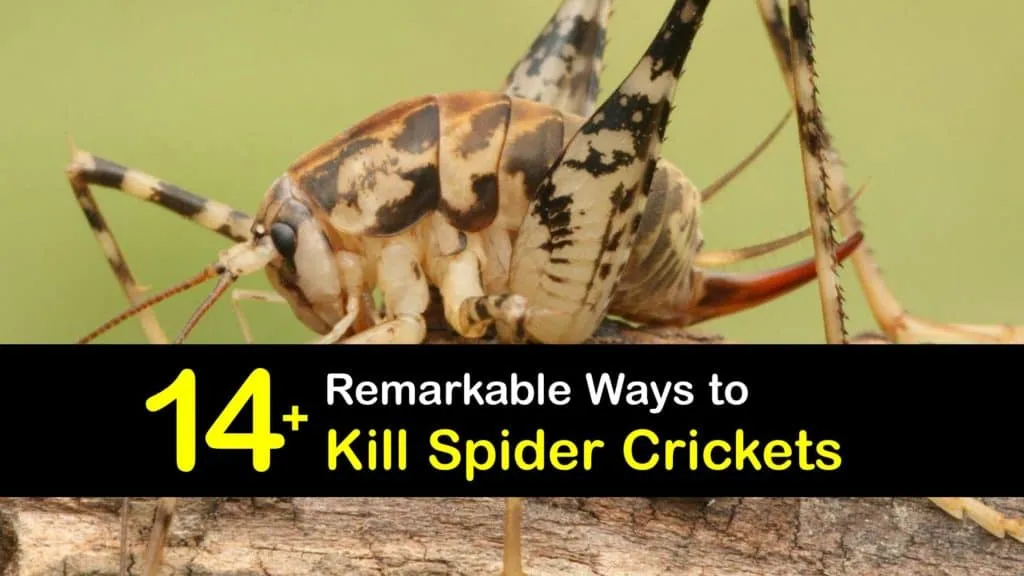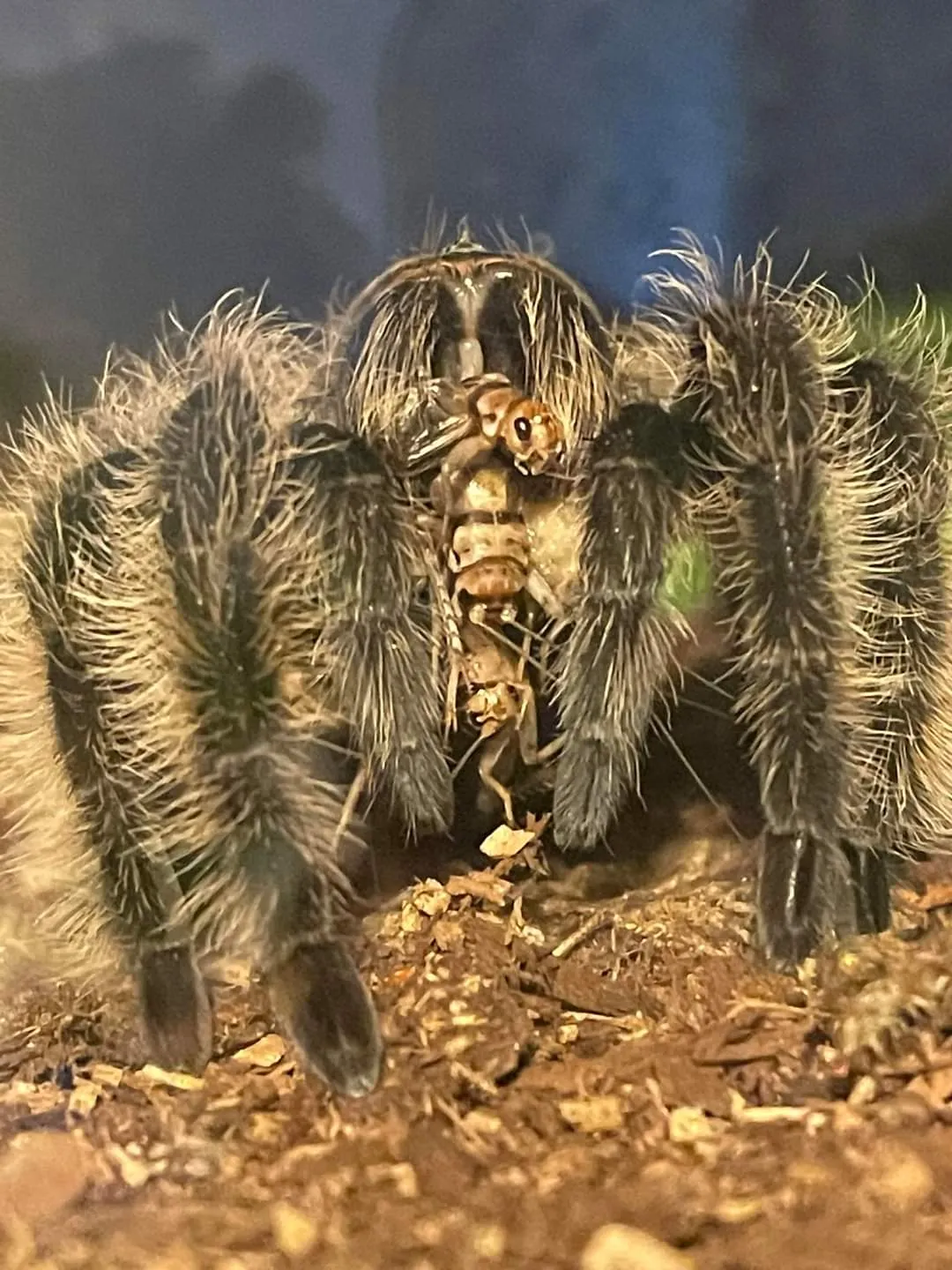Crickets vs Tarantula Top 7 Facts
The seemingly simple act of feeding a pet tarantula can sometimes turn into a grim reminder of the food chain, as crickets, often intended as a meal, can sometimes turn the tables. This article delves into the surprising and often brutal reality of the relationship between crickets and tarantulas. We’ll explore the factors that allow crickets to pose a threat, the vulnerabilities of tarantulas, and what measures you can take to protect your eight-legged companion. The dynamic between these two creatures offers a fascinating look at survival, adaptation, and the delicate balance of life within a terrarium or the natural environment.
The Deadly Encounter
The scenario often unfolds in the enclosed environment of a terrarium. A seemingly harmless cricket, introduced as a food source for a tarantula, can become an unexpected aggressor. Unlike a quick, clean kill, a cricket’s attack on a tarantula is often a slow, agonizing process. Crickets, especially larger ones or those with a relentless nature, have been known to bite and chew on tarantulas, causing significant harm. The tarantula, although equipped with fangs and venom, may be vulnerable due to molting, injury, or simply being overwhelmed by a persistent cricket. This is a scenario every tarantula owner should be aware of.
Cricket’s Advantage

Several factors contribute to a cricket’s ability to kill a tarantula. Firstly, crickets are resilient creatures, capable of surviving in harsh conditions. Their hard exoskeletons provide a degree of protection against tarantula fangs, and their agility allows them to evade strikes. Secondly, crickets, especially when driven by hunger or in a confined space, can exhibit relentless behavior. They will relentlessly pursue and bite the tarantula, often targeting soft areas like the abdomen or joints. Finally, the tarantula’s vulnerability plays a crucial role. During molting, the tarantula is particularly defenseless. Crickets can exploit this period, causing significant damage to the soft, newly formed exoskeleton.
Tarantula’s Weakness
While tarantulas are apex predators, they are not invincible. Their vulnerability can vary depending on several factors, the most significant being the molting process. During molting, the tarantula sheds its exoskeleton, leaving it soft and defenseless. Crickets can easily inflict fatal injuries during this period. Additionally, injuries from previous attacks, illness, or simply being in a weakened state can make a tarantula more susceptible. A tarantula’s slow response to a cricket’s aggression can also be a critical factor. If the tarantula is not quick enough to react, the cricket can gain the upper hand, leading to severe injuries or death.
7 Facts About Cricket vs Tarantula
- Crickets can injure tarantulas
- Molting makes the tarantula vulnerable
- Some crickets are aggressive
- Tarantulas may have difficulty catching crickets
- Large crickets are more dangerous
- Injured or sick tarantulas are at risk
- Proper care and observation can help
Cricket as Predators

Crickets, though often perceived as simple insects, can exhibit predatory behavior, especially when resources are limited or in a confined environment. While not their primary food source, crickets are opportunistic feeders and will attack and consume anything they can overpower, including other insects and, unfortunately, vulnerable tarantulas. This behavior is often driven by a combination of hunger, territoriality, and the instinct to survive. The confined space of a terrarium intensifies this behavior, increasing the likelihood of cricket-on-tarantula attacks. Understanding this predatory aspect of crickets is crucial for providing a safe environment for your tarantula.
Tarantula Defense Mechanisms
Tarantulas have evolved various defense mechanisms, but they are not always sufficient against the persistent attacks of a cricket. Their primary defense is their fangs, which they use to inject venom and subdue prey. However, the venom is not always immediately effective against a cricket, and the cricket’s agility can help it evade strikes. Tarantulas also possess urticating hairs, which they can flick at perceived threats. These hairs can cause irritation, but they are not effective against crickets in all cases. Moreover, their defensive strategies can be compromised when molting, injured, or in a weakened state. Recognizing the limitations of these defenses is vital for responsible tarantula care.
Protecting Your Tarantula
Protecting your tarantula from cricket attacks is crucial for its health and well-being. The best approach involves prevention. Do not leave uneaten crickets in the enclosure with your tarantula. After feeding, monitor the terrarium for any remaining crickets and remove them promptly. If you have multiple tarantulas, consider housing them separately to minimize competition and potential attacks. Provide plenty of hiding places for your tarantula, as this can offer some protection. Regularly inspect your tarantula for any signs of injury and address any health issues promptly. By taking these precautions, you can create a safer environment and ensure the longevity of your pet tarantula.
